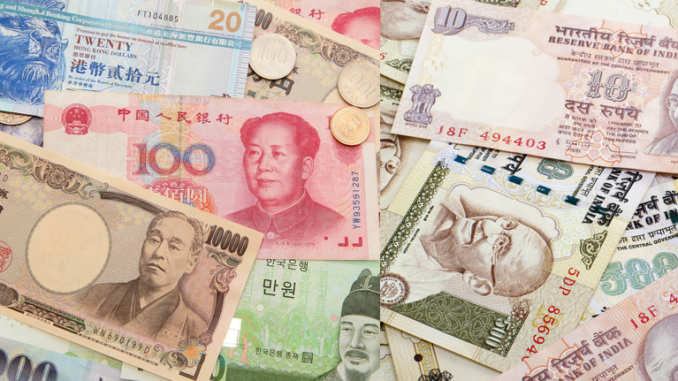
In the mid 1990s, Asia’s economies started to grow considerably, therefore, foreign money started flooding into that part of the world.
The so-called Elephant economy started slowly but steadily growing. Whereas the Tiger economies began to grow fast, giving an impression that everything was rosy in South East Asia.
A year later, in South East Asia, everything on economies and financial fronts seemed to have appeared moving fast, including flooding of foreign money into S.E. Asia, and economies were seen there booming – South Korea’s economy was growing by 7 per cent, Indonesia’s by 8 per cent, Malaysia’s by nearly 9 per cent.
Suddenly, the bubbles of Tiger economies started to burst. As a consequence, a financial storms blown in South East Asia, creating economic crisis in 1997. It was then noted that too-much production seemed to have created problems. Because of the absence of strong domestic markets, excessive production has been dumped on world markets, casing export prices to fall. Also, a lot of investments seemed to have financed by cheap foreign loans, borrowed by the private sectors, which have created repayment problems, because of the currencies have cracked. The crisis became serious. And then the world’s monetary system was criticised, raising a number of questions concerning S.E. Asia crisis which reflected worldwide.
Also, the world has not forgotten the Mexico’s crisis in 1995, which the world’s monetary system had experienced it with serious effect then. Many experts believed that the South East Asia’s situation was different then that of the Mexico’s.
Now, a stormy economic hurricane struck on the economy of Russia, creating serious economic and financial crisis-which have reflected worldwide.
The financial shock waves of the crisis have damaged world’s financial markets. Many economic gurus worldwide seem to be puzzled, and do not know where another such hurricane may struck again. Also no one knows.
The seriousness of Russia’s situation is not in question, but its impact on the rest of the world is more difficult to understand.
It is clear that the shock waves of Russia’s crisis could trigger a new round, crashing Western stock markets, and that might put the world into recession.
Although the Western nations’ economies seem sound at present time, there is a nervousness growing in Europe and America that the recession might be unescapable.
However, Mexico’s, South East Asia’s, and Russia’s crises, are the indications which the world is observing carefully, because, the world is living on borrowed money and borrowed time. Again the world’s Monetary System is criticised.
It seems that the Asian countries might find their alternative ways to develop their own markets – will the global markets economy survive? The question remains.
By Vallabh Kaviraj
